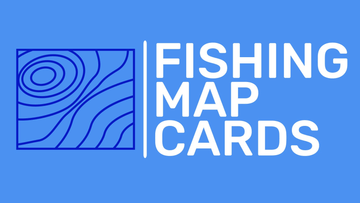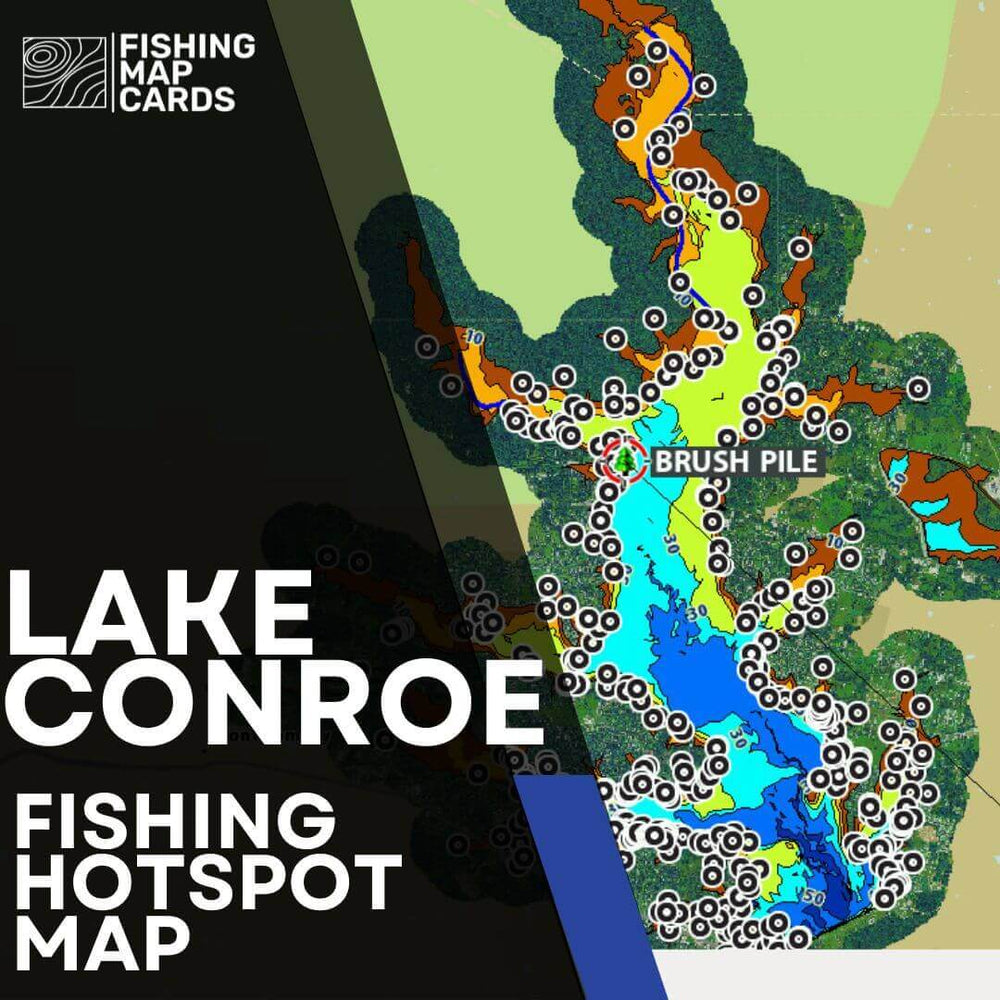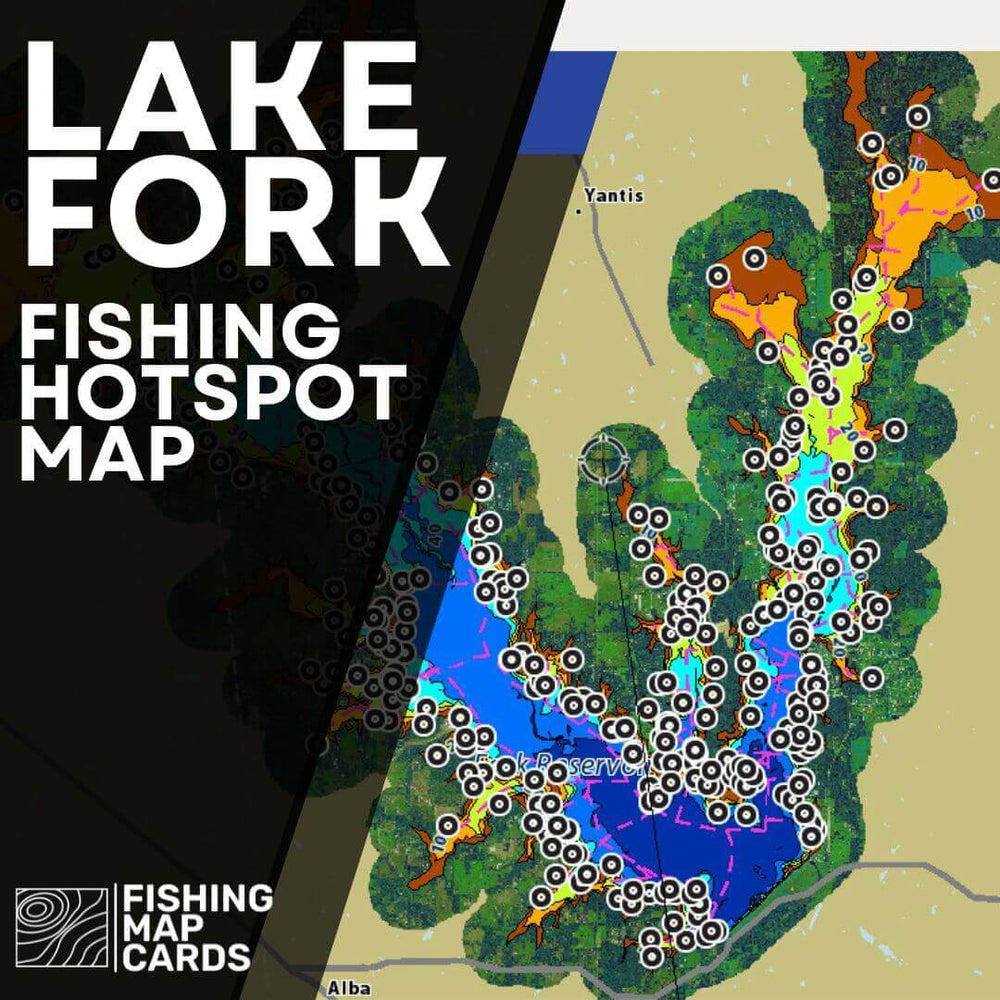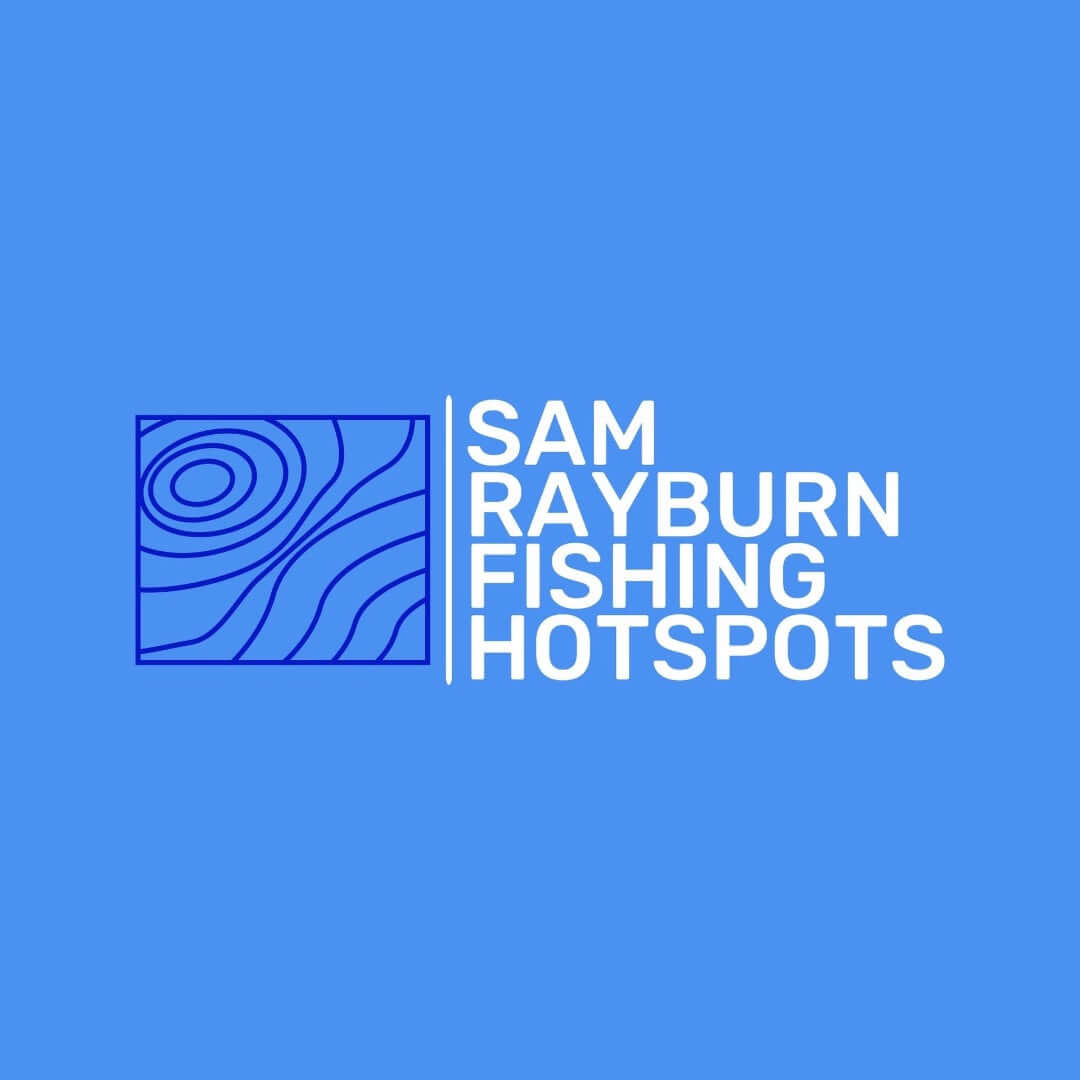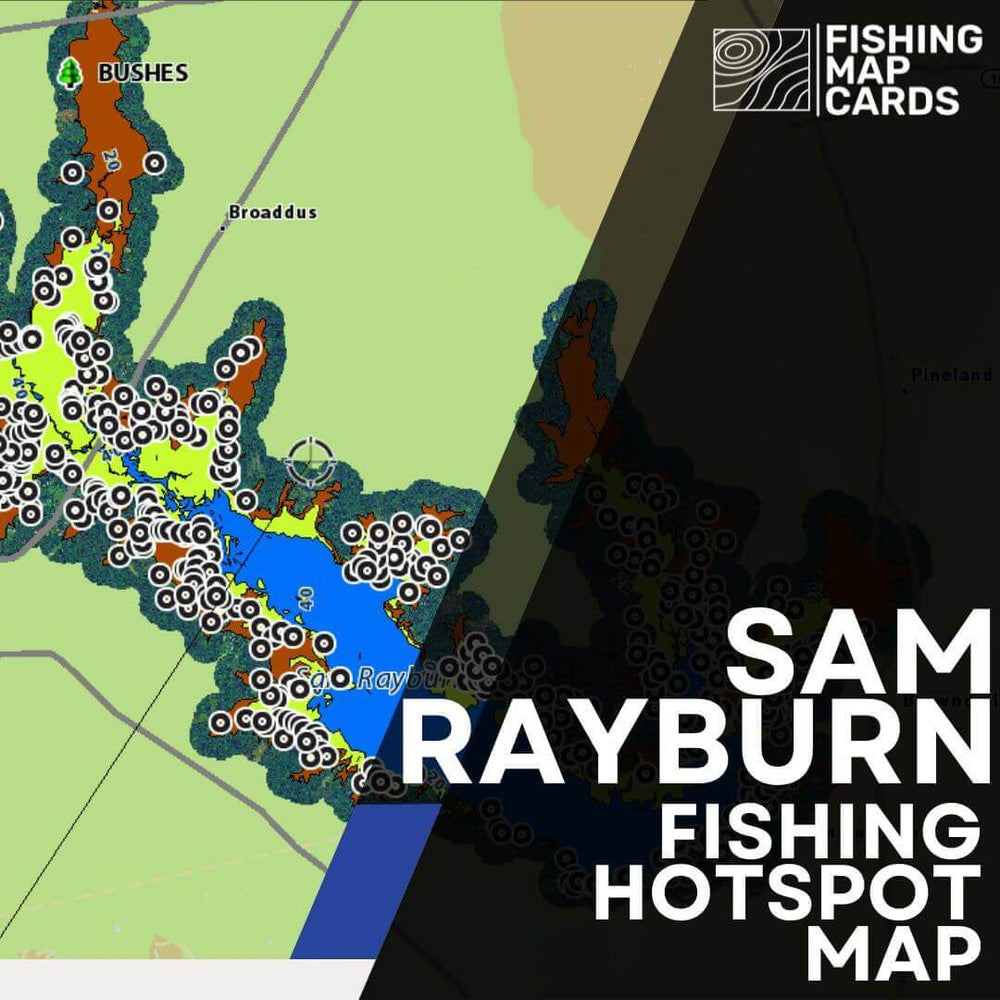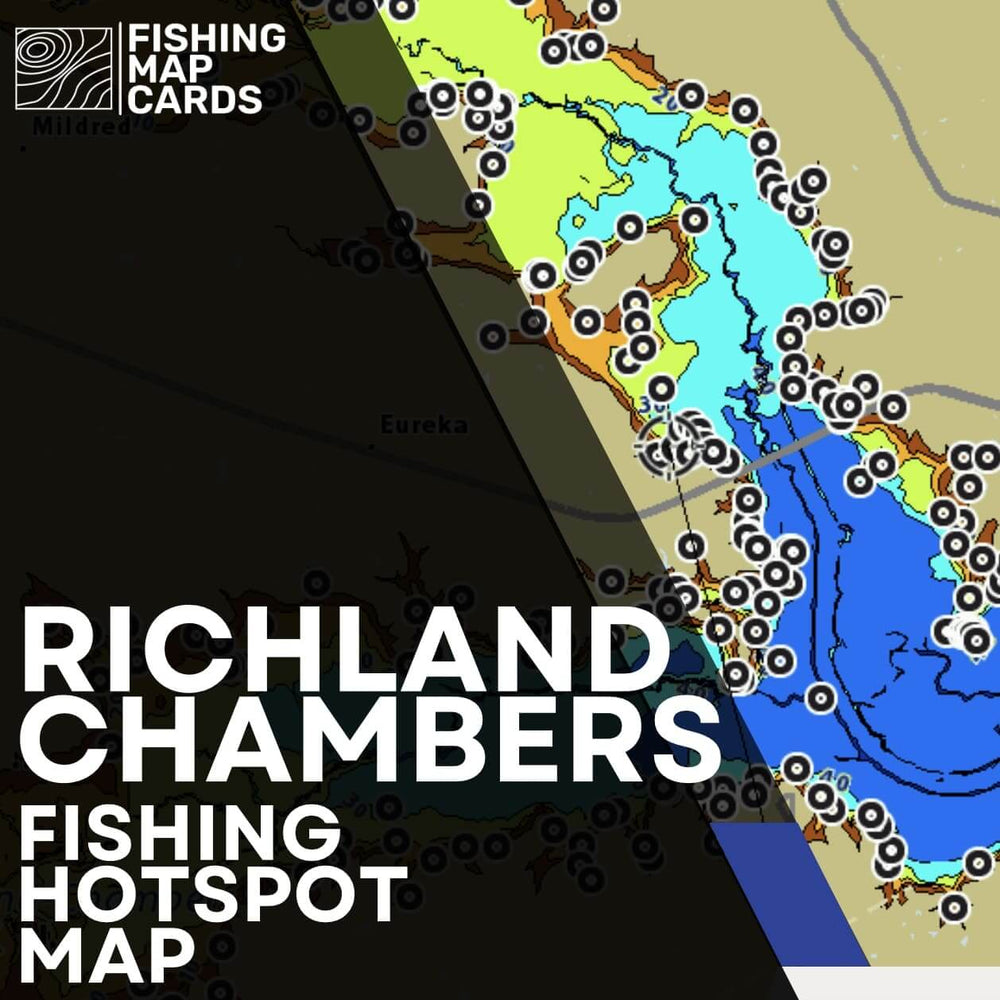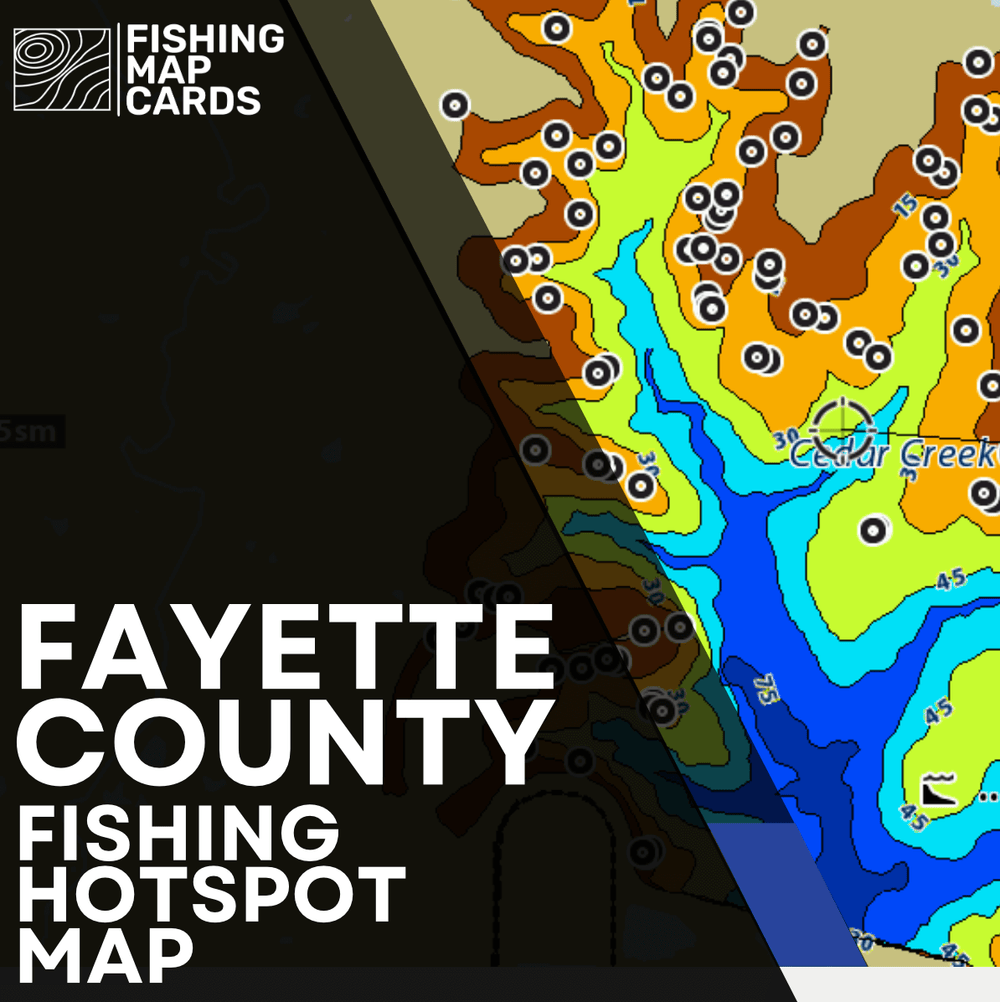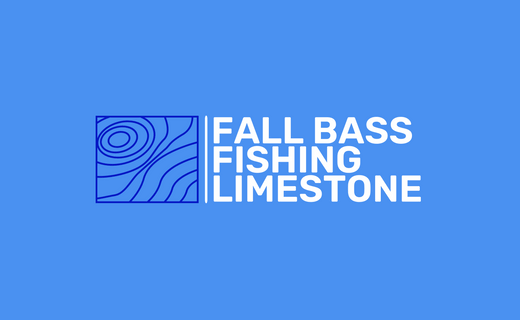How to Master Early Spring Fishing at Toledo Bend
Early spring is an exciting time for bass fishing at Toledo Bend. As the weather begins to warm, the bass transition from their winter haunts to shallow water for spawning, creating opportunities for anglers to target big fish in relatively shallow areas. However, understanding the seasonal patterns and adjusting your approach can be the difference between a successful outing and a slow day on the water.
In this guide, we’ll break down tips and tactics to help you master early spring fishing at Toledo Bend and maximize your chances of landing some trophy bass.
1. Follow the Water Temperature
One of the key factors in early spring fishing is water temperature. Bass become more active as the water warms into the mid-50s, and by the time it hits 60 degrees, they are beginning to move into their spawning areas. Keeping a close eye on water temps can help you time your trips perfectly.
In early spring, start by fishing deeper water where bass are staging, and gradually move into shallower areas as the water warms up throughout the day. Look for warm pockets of water in the backs of creeks or near shallow coves, as these areas will heat up quicker, drawing bass in to feed and prepare for the spawn.
2. Target Pre-Spawn Areas
Pre-spawn bass are hungry, and they’re looking to bulk up before they move to their spawning beds. In the early spring, focus on targeting pre-spawn areas just off the spawning grounds. Look for areas with drop-offs, points, and submerged structure where bass can stage before moving shallow.
Some of the best spots include creek channels, ledges, and main lake points adjacent to shallow flats or coves. Using a good fishing map of Toledo Bend can help you locate these transitional zones, which often hold big bass this time of year.
3. Use Moving Baits to Cover Water
Early spring is all about covering water to locate the active bass. Crankbaits, spinnerbaits, and lipless crankbaits are great options for this. These baits allow you to fish fast and efficiently, helping you find feeding fish.
- Lipless Crankbaits: These are ideal for ripping through grass in 3 to 6 feet of water. Early spring bass often hide in vegetation, and a lipless crankbait can trigger reaction strikes when retrieved quickly through grass beds.
- Spinnerbaits: When the water is stained or slightly murky from spring rains, spinnerbaits can shine. Their flash and vibration make them easy for bass to locate, especially in off-colored water.
- Shallow Crankbaits: A squarebill crankbait is another excellent choice for fishing around rocky points, submerged timber, or docks. The erratic action of these baits mimics baitfish and can provoke aggressive strikes from bass looking to feed up before the spawn.
4. Slow Down for Finicky Fish
Not all bass will be aggressive during early spring, especially on colder mornings or days with cold fronts. In these situations, slowing down your presentation can make a big difference.
Switch to slower-moving baits like jigs or Texas-rigged soft plastics, and focus on dragging them across the bottom near staging areas. Baits like finesse worms or creature baits worked slowly through cover can entice finicky bass that aren’t willing to chase faster-moving lures.
5. Key in on Structure
Bass use structure as ambush points during early spring. Fallen trees, submerged brush piles, and rock piles can hold large numbers of pre-spawn bass. When fishing structure, it’s important to be precise with your casts, as the bass will often be holding tight to cover.
This is where detailed maps of Toledo Bend can be a game-changer. Having a map that highlights structure, drop-offs, and other key features of the lake can help you zero in on the best spots, giving you an edge when conditions are tough.
6. Watch for Weather Patterns
Spring weather can be unpredictable, and sudden changes can greatly impact fishing conditions. After a cold front, for example, bass tend to be less active and will move back into deeper water. On the other hand, a string of warm, sunny days can push bass into the shallows earlier than expected.
Adjust your strategy according to the weather. After a cold front, fish slower and target deeper water. On warmer days, focus on shallow flats, especially if they are near pre-spawn staging areas.
7. Focus on Shallow Flats for Spawning
As the water temperature approaches 60-65°F, the bass will move into shallow flats, coves, and creek channels to spawn. These areas are typically 1-5 feet deep and often have a sandy or gravel bottom.
During the spawn, sight fishing becomes an exciting tactic. Look for beds in shallow, clear water where the bass are protecting their eggs. Soft plastics like lizards, creature baits, and wacky-rigged worms can be particularly effective when fished near the spawning beds.
Final Thoughts
Early spring fishing at Toledo Bend can be some of the most productive of the year if you know where to look and how to adjust your tactics based on the conditions. By keeping an eye on water temperature, targeting pre-spawn areas, and adjusting your presentation based on bass behavior, you can take full advantage of the season’s transition period.
Whether you’re looking for staging fish or moving into shallow water for spawning bass, having a solid understanding of Toledo Bend’s layout is crucial. That’s why detailed hotspot maps, like the ones we offer, can help you stay on top of ever-changing conditions and lead you to the best fishing spots on the lake.
Happy fishing, and best of luck on your next Toledo Bend adventure!
